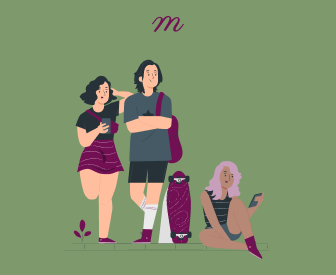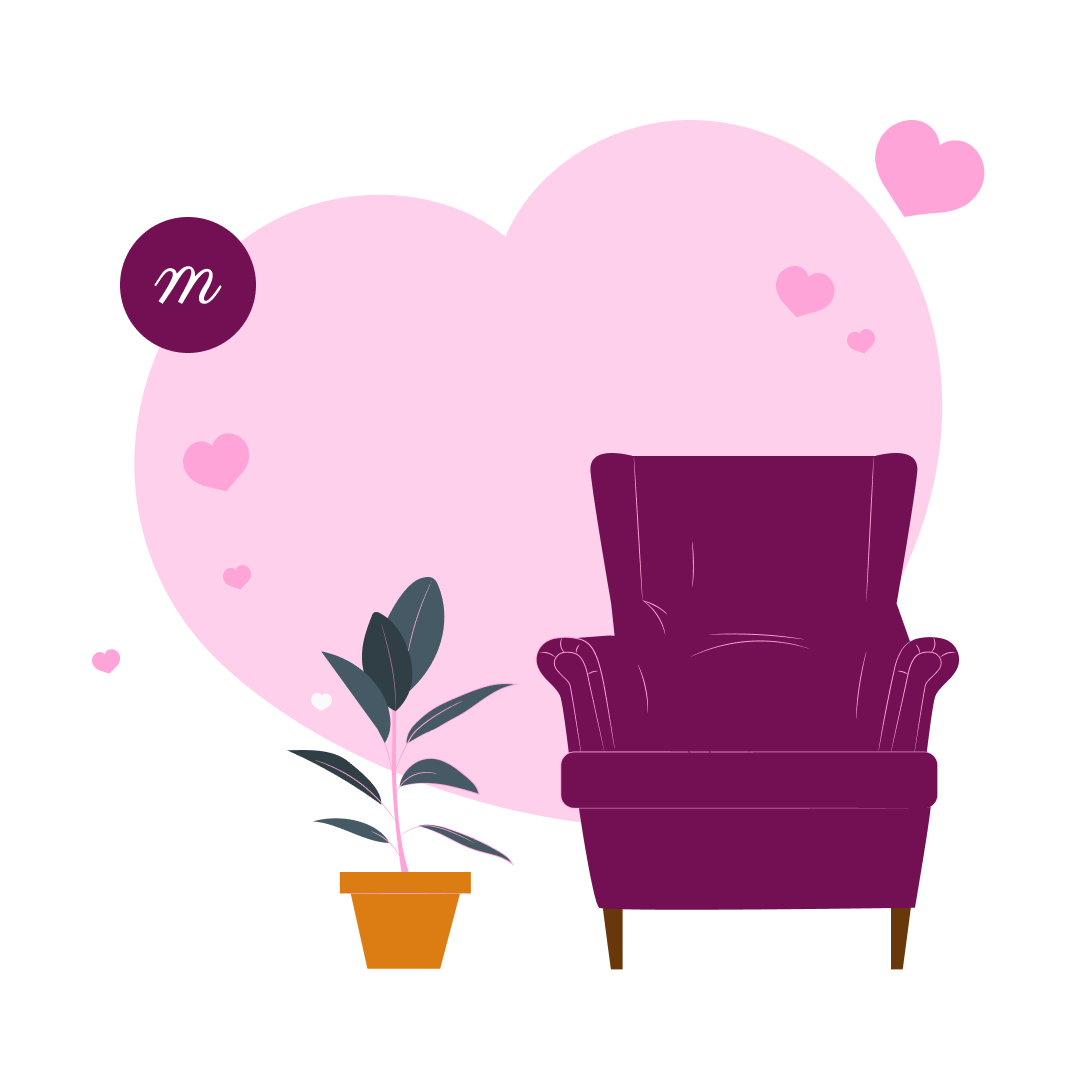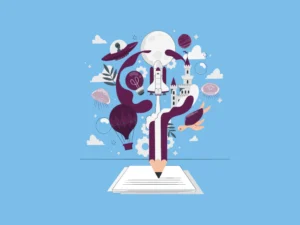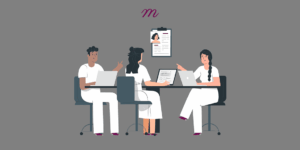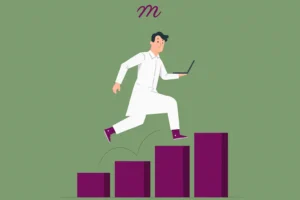Therapy is a process which many teenagers use to navigate from childhood to adulthood. It provides them a safe space to articulate their thoughts and fears without any judgement, helps them cope and become more resilient. Talk therapy is the most used in a counselling set up, however, using activities in a therapeutic setting has proven to be very effective in helping the client arrive at catharsis, develop insight and facilitate change. Activities help reduce inhibition and provide space for the subconscious part of the teen to reveal what is going on with them. It also helps them build a rapport with the therapist.
These therapy activities can be used for a variety of purposes. For example, emotional awareness, emotional expression, building gratitude, etc. By engaging the teenagers in creative, somatic, and relational experiences, they can safely explore difficult emotions and facilitate the development of coping mechanisms that extend beyond the therapy room.
Listed below are 10 activities that can be done in a therapeutic setting with teenagers:
- Sandbox:
This is a play therapy technique. “Play allows children to communicate to self and others, make meaning of their experiences, and work through distressing and traumatic events within a safe and nurturing relationship.” (Williamsburg Therapy Group,2024).
In this technique, miniature animals are given, along with a sand tray and water. The activity is to create a scenario, regarding which questions regarding the tray are asked and interpretation is done. This activity is useful to lead a difficult conversation and establish rapport among other uses.
- Draw Your Monster:
A part of the narrative therapy technique called Externalisation, it seeks to separate a person from the problem. The problem can be drawn and named, thus giving the problem a shape, form, extending beyond personification. Questions can be asked about the drawing, helping the client to look at the problem from a more detached lens, enabling them to see the hold the problem has on them and ways to counter it.
- Anger iceberg:
A Cognitive Behavioural Therapy (CBT) technique, this activity uses an iceberg to demonstrate the underlying emotions beneath anger- anger is just the tip of the iceberg, therapy addresses the underlying emotions that show up as anger. This can either be a written activity or a verbal activity with analogy by the therapist.
- Family sculpting:
A family therapy technique, this technique can be used to address family conflicts and feelings regarding family members. This could also be used in family therapy. Family members can be sculpted through clay, drawings or figurines. The representative members are then asked to be physically arranged in terms of posture, space and attitude by the client. The client is also asked to represent themselves through the same. Using this, relationships between family members can be explored. This is also an Adlerian Play Therapy technique and an Experiential Therapy technique.
- JPMR:
Jacobson’s Progressive Muscle Relaxation (JPMR) is a relaxation technique that involves gradual tensing and relaxation of each body part systematically. The procedure starts from the face and neck, and gradually moves down to arms, chest, abdomen, back, legs and feet. After tensing each body part, relaxation is given for a period of 20-30 seconds. While the entire process is long, shorter versions are available.
This technique grounds the person to the present, and is useful in reducing anxiety and stress- as the client observes the differences in the body state between relaxing and tension, they understand more about how their body works.
- Guided meditation:
Guided meditation is used as a grounding technique, helpful in creating awareness regarding the body, reducing stress and anxiety. This technique involves the therapist giving a series of instructions – the client is asked to close their eyes or focus on a point, pay attention to each breath, observe each emotion and thought they feel as if it is passing through them like a cloud, notice how the body feels, and how the process of inhaling and exhaling is felt throughout their body.
There are different ways to do guided meditation in a session- the client can take a specific number of deep breaths, relaxing music can be played while the client observes their breath, or 5-4-3-2-1 technique can be done along with breathing. This is also accompanied with visualization techniques at times.
- Therapeutic Storytelling :
This technique involves the therapist telling stories to the client. The stories may be real or a fairytale, however they contain a metaphor or analogy that resonates with the client. It is important to gauge what story to tell, how attentive the client is and what details to speak about. This may enable the client to be more forthcoming, feel heard and understood. Storytelling helps with rapport establishment as well.
- Making a vision board:
“A vision board is a collage of images that represents the things an individual wants out of his or her life. The purpose is to help clients illuminate for themselves what is important to them.” (Burton, L., & Lent, J., 2016).
This is an art therapy technique- the client can either draw, write, stick pictures of their goal or representative images of their goal. This helps them define, clarify what their goal is, gives a visual and physical representation of their goal, helps them work towards it and improves therapeutic relationship.
- Letter Writing:
Letter writing allows the client to access their innermost thoughts and feelings without social desirability coming into the picture. It facilitates closure, healing , and aids future reflection. This writing exercise also facilitates safe release of emotions- the client is to write a letter to any person they have a difficult relationship with, or to address any conflict or emotion that goes unaddressed due to fear of how the other person will respond. They are requested to just write, not think regarding how appropriate or correct the content is. The letter can then be read and kept, or discarded. The letter can be written to themselves as well- their future self, their younger self or for self care.
Letter writing is used in Narrative Therapy to externalise a problem from the person.
- Roleplay:
Roleplay is a technique wherein healthy responses can be taught by enacting them. This is done in different ways. One of the ways is to enact a scenario, rehearse responses and practice as if the scenario is happening in real time. This is used to help people with anxiety, help practice assertiveness etc. This type of roleplay is seen in Exposure Therapy. Another version involves the client assuming the identity of the person they have a problem with and enacting a scenario- this helps them understand the viewpoint of the other person and helps with conflict resolution.
Gestalt Therapy also has a version of role play-Empty Chair technique. “The empty chair technique is used in Gestalt therapy to address unresolved issues, conflicts, and emotions. This could involve the client having an imagined conversation with someone they have an issue with, or it could be used to facilitate dialogue between different parts of the client’s personality.” (Nenn, 2024). This technique is used to bring in insight, facilitate change and catharsis.
Examples of play therapy activities –
Consider Sarah, a 12 year old girl who has been experiencing emotion of anger as a result of fights in her family. During a therapy session, her therapist suggests making use of the “Anger Iceberg” technique. Sarah starts by drawing a gigantic iceberg on a piece of paper, with a big, pointy peak at the top labelled “Anger.” Under the waterline, Sarah writes “fear,” “sadness,” and “stress”.The therapist and Sarah then explore these underlying feelings, assisting her in recognising how her anger is frequently a shield against her deeper insecurities and feelings. Sarah learns how her anger is linked to so many other feelings of fear and sadness that she had previously been unable to understand. This insight empowers Sarah to understand and manage her emotional responses more carefully and discuss her fears with her family.
Another example is of Jake, a 16-year-old who has been dealing with anxious feelings about his academic performance.In order to assist Jake in managing his anxiety better and to overcome feelings of failure, the therapist recommends the “Making a Vision Board” task. The therapists tells Jake to collect newspapers, magazines, images, and words that symbolise his objectives and aspirations related to his academic performance, such as a photograph of a college campus, a relaxing image of nature, and encouraging terms like “focus” and “balance.” Jake cuts out images and words before assembling them on a board. This practice not only helps Jake identify his deeper aspirations, such as furthering his schooling and managing stress, but it also serves as a physical, visual reminder of his potential. It becomes a source of motivation for him, allowing him to visualise success and set specific goals to work towards. With the help of a vision board Jake along with his therapist’s assistance is able to make a plan for himself and realistically understand the hurdles in achieving these goals. Now, the therapist and Jake work together to remove these barriers for Jake.
Conclusion
Therapeutic activities can provide a cushion to help youngsters navigate their emotional and social developmental journeys. The strategies listed above are intended to provide imaginative, entertaining, and non-threatening modes of investigation. These activities provide safe settings for teens to express themselves. Finally, these activities go beyond typical talk therapy, providing youth with effective skills for self-discovery, emotional management, and personal growth. These exercises address both the mind and the body, allowing for a more holistic healing process, which is especially beneficial during the stressful adolescent years.
Why other mental health professionals love Mentalyc

“For those who have hesitations … It is a lifesaver. It will change your life and you have more time to be present with your patients.”
Licensed Clinical Social Worker

“Do yourself a favor, make your life easier. Use the tools that are readily available … I found Mentalyc to be one of the best tools that I’ve ever used.”
Licensed Marriage and Family Therapist

“It immediately changed my quality of life, personally and professionally. I went from 3–4 hours a week of notes to 1 hour at most … that alone is invaluable personally and professionally.”
Owner/Independently Licensed Marriage & Family Therapist (IMFT)

“If I were recommending this software to a colleague, I would tell them that it is the best thing that they could do for their practice.”
Licensed Professional Counselor
